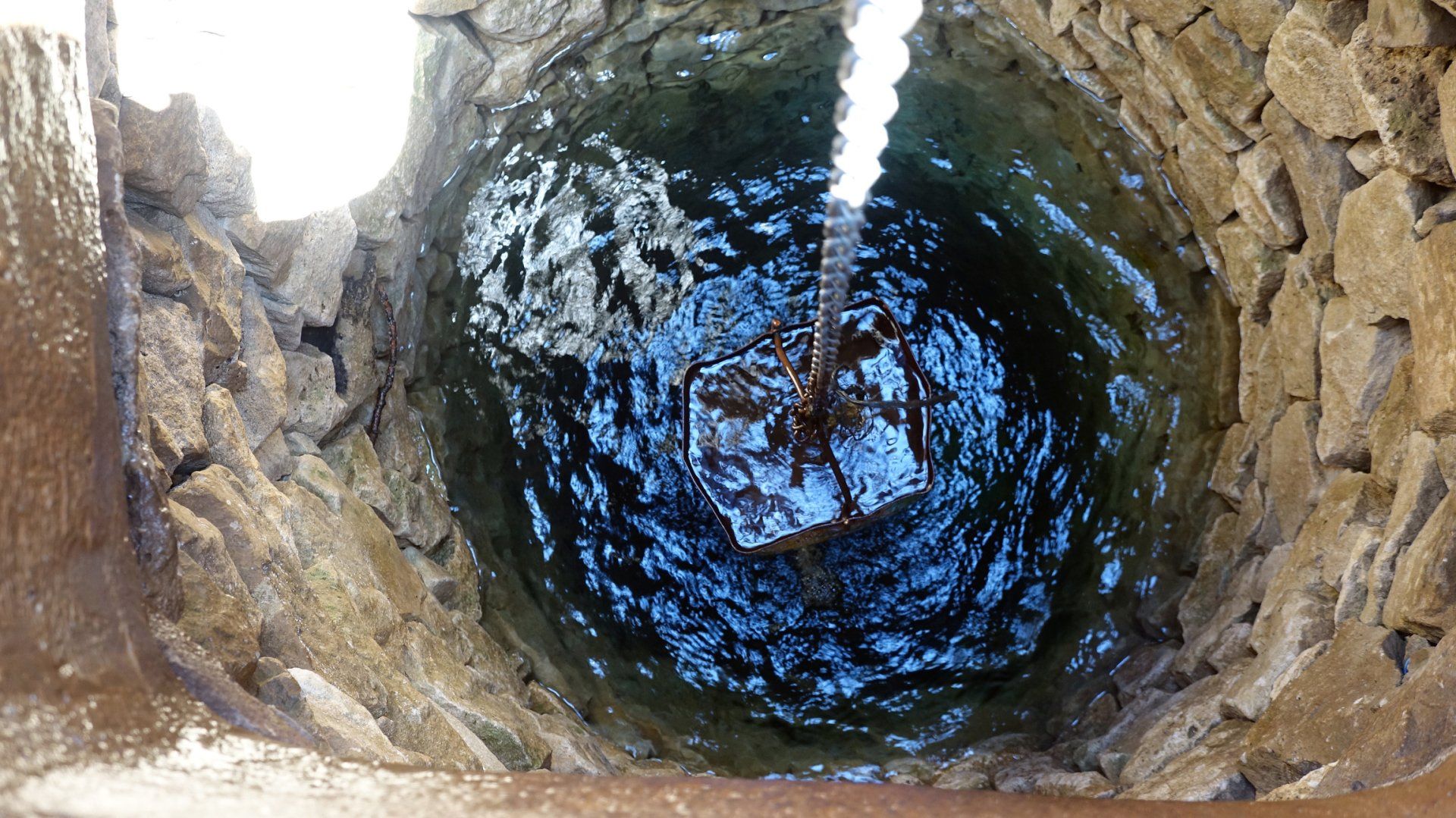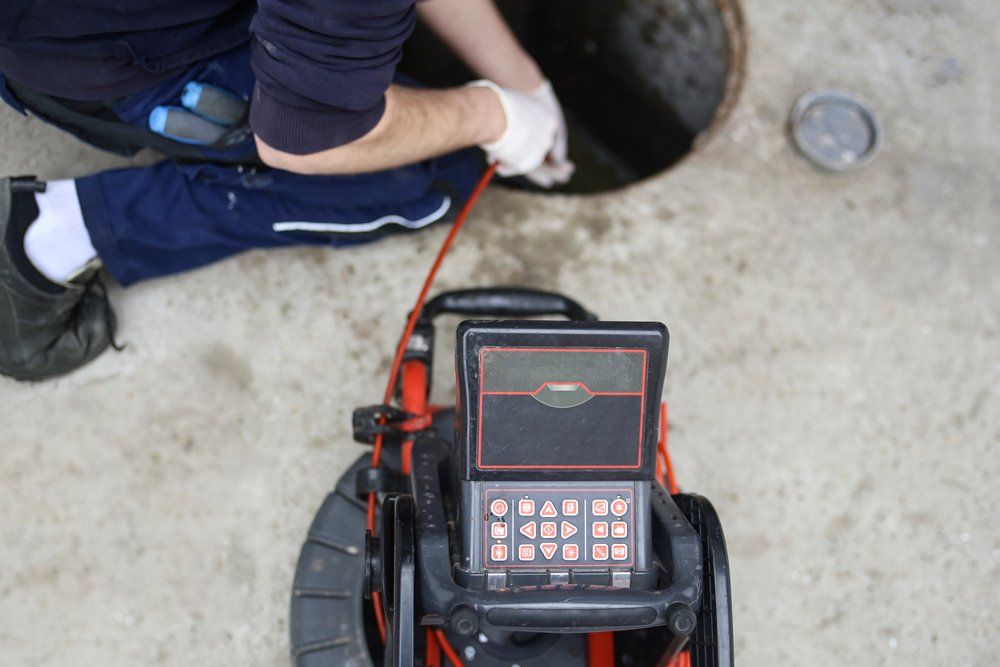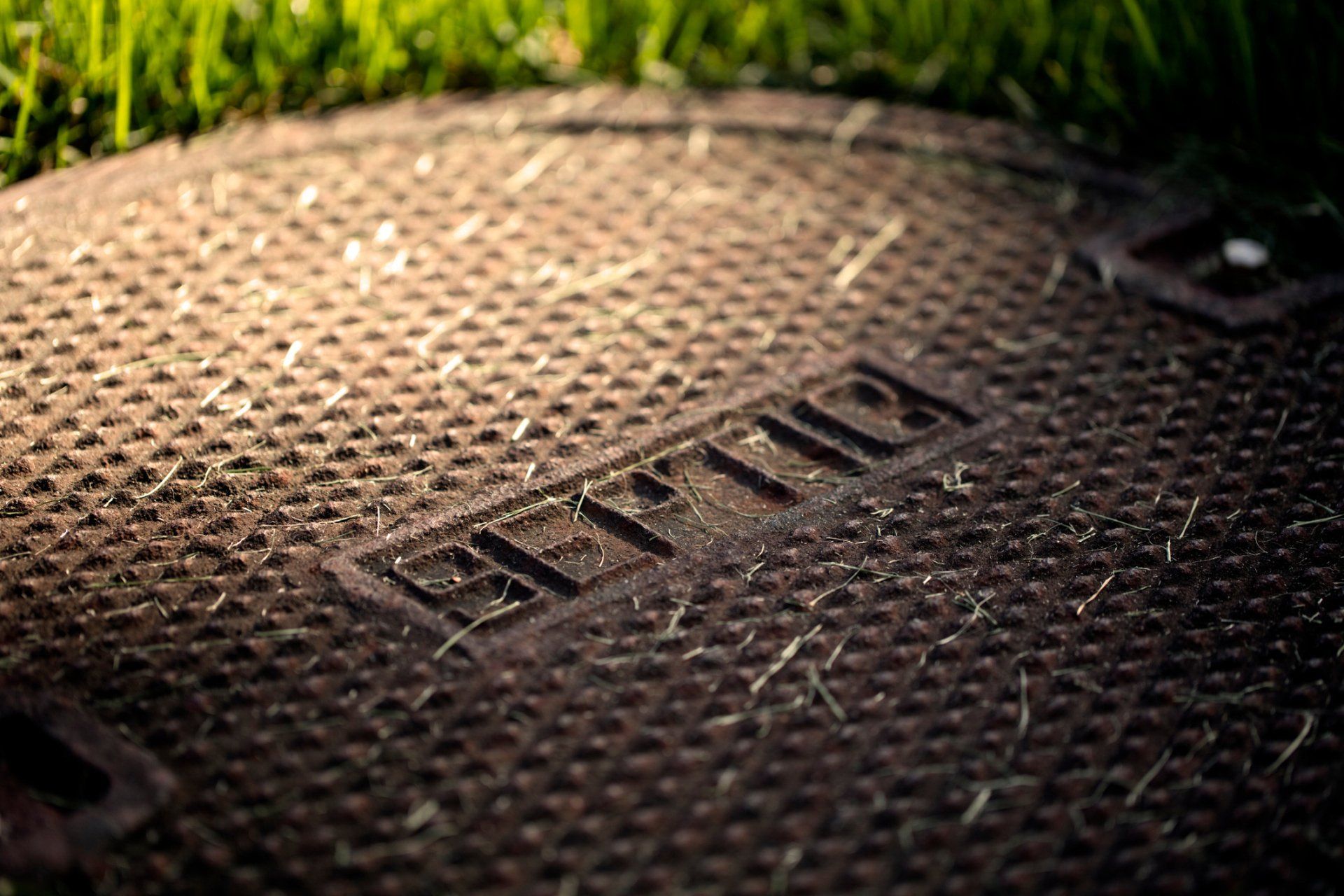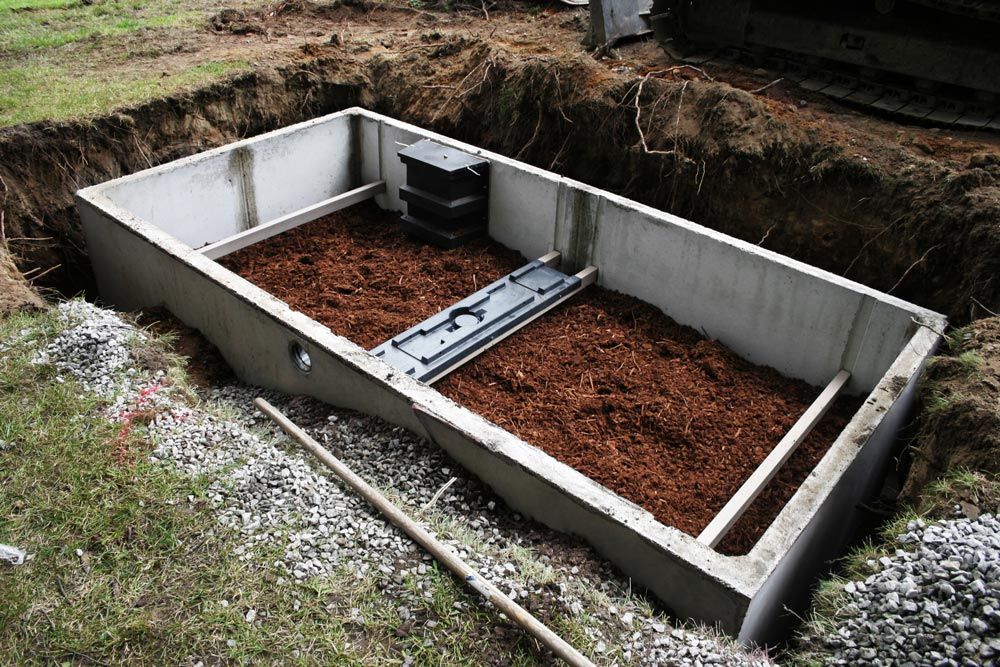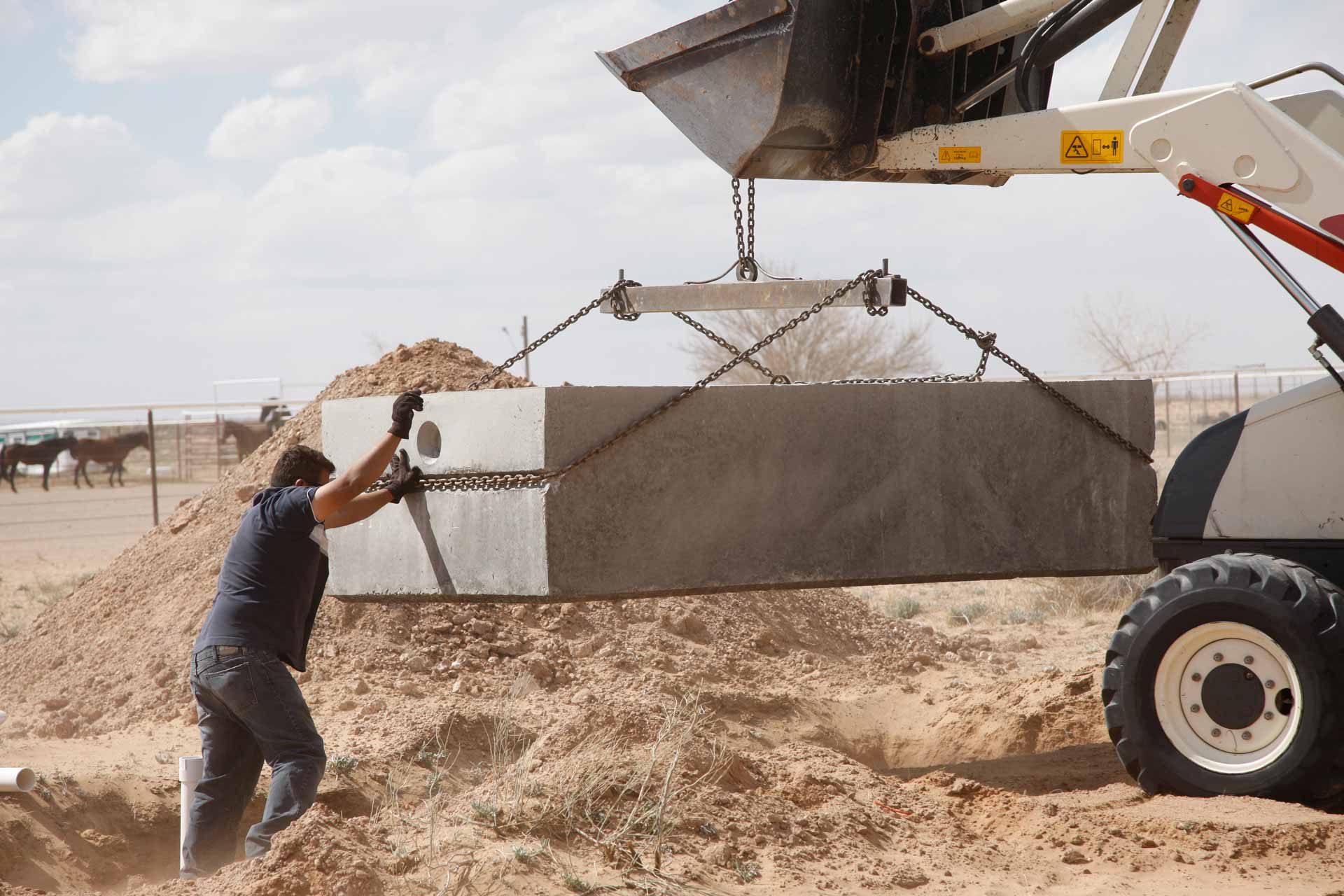Septic systems are designed to collect
wastewater from the house and return that wastewater to the ground.
If the septic system is not working properly, or if the septic system
is too close to the home's well, the result could be drinking water
contamination.
Understanding how septic systems work
and what you can do to protect your well water from your septic
system can help you keep your family's drinking water safe. Here's
what you need to know.
Know How Septic Systems Work
A septic tank is an underground tank
that collects wastewater from the house. Eventually, that wastewater
drains out of the tank into a part of the yard called the drain
field. Some solids inside the tank are liquefied by bacteria in the
tank, but the remaining solids settle to the bottom of the tank.
These solids are eventually pumped out manually by a septic tank
maintenance company.
When the water soaks into the drain
field, the soil filters the water. Bacteria in the water is left in
the soil. By the time the wastewater reaches the groundwater supply,
it is clean and safe to drink.
Know the Potential Problems
Septic systems must be well maintained
and must be located a safe distance from the well. A clogged septic
tank may saturate the ground with sewer water, which could lead to
contamination of the well water. Contamination could also occur if
the septic tank is too close to the well.
Get a Proper Septic System
Inspection
Have the septic tank inspected by a
knowledgeable septic tank contractor. Your contractor will check for
a variety of problems including:
Depending on what your septic tank
contractor finds, they may recommend repairs or even relocation of
the septic tank. Follow the contractor's advice to avoid drinking
water contamination.
Maintain Your Septic System
Even if your septic tank is properly
maintained and is a good distance from the well, maintaining your
septic tank is critical. Failure to maintain your septic system could
result in an overflow.
Pump Your Tank
Pump your septic tank every 3 to 5
years, or as often as your septic tank professional recommends. The
frequency with which you pump your tank should be based on the size
of your tank and the number of people in your household.
Only Flush Water, Toilet Paper, and
Human Waste
Never flush anything down your septic
tank that isn't human waste, water, or toilet paper. Be cautious of
flushing any product that says it is flushable, such as disposable
wipes. These items can clog your septic system. Avoid using a garbage
disposal system as well: these systems send tiny particles into the
septic tank that can clog the drain field.
Watch for Signs of Septic System
Trouble
Know the signs that your septic system
is overflowing. If your septic system does show signs of overflow,
contact a septic system contractor as soon as possible. Warning signs
to watch for include:
Describe what's happening to the septic
tank professional, so they'll know you're having an emergency and can
react accordingly.
Work with an Experienced Septic
System Contractor
If you're a homeowner, work with an
experienced septic tank professional to protect your property and
drinking water. For more information about how you can protect your
well from your septic tank, contact Pete's
Outflow Technicians. We're happy to answer your questions.

